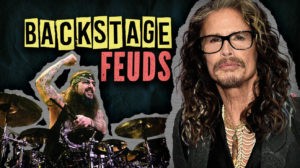
Ever wondered who’s mixing the cultural soundboard behind musical heroes? While audiences worship spotlight-soaked performers, backstage visionaries sculpt our sonic landscapes. This piece unpacks how one man’s golden ear became the algorithm behind America’s musical evolution. John Hammond Sr. didn’t just discover talent—he reconfigured cultural DNA through sound. Understanding these architects transforms how you experience albums, like discovering Hammond’s curtain concealed genuine musical alchemy.
Disclaimer: Some images used for commentary and educational purposes under fair use. All rights remain with their respective owners.
The Cultural Distortion Field
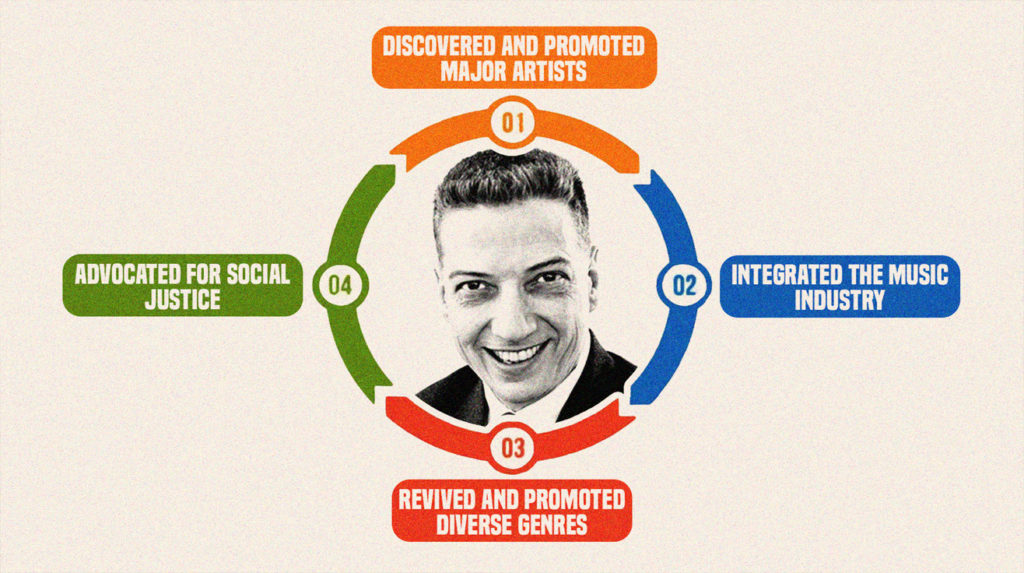
Hammond bent 20th-century sound like light warping around a black hole. For four decades, this talent scout functioned as America’s musical curator, discovering artists who redefined genre boundaries. Beyond Holiday and Dylan, Hammond detected Franklin before culture caught up. His ear amplified voices when segregation muted expression. He wasn’t merely recruiting artists; he installed cultural firmware that forever altered how we process sound.
Vanderbilt Rebel Codec
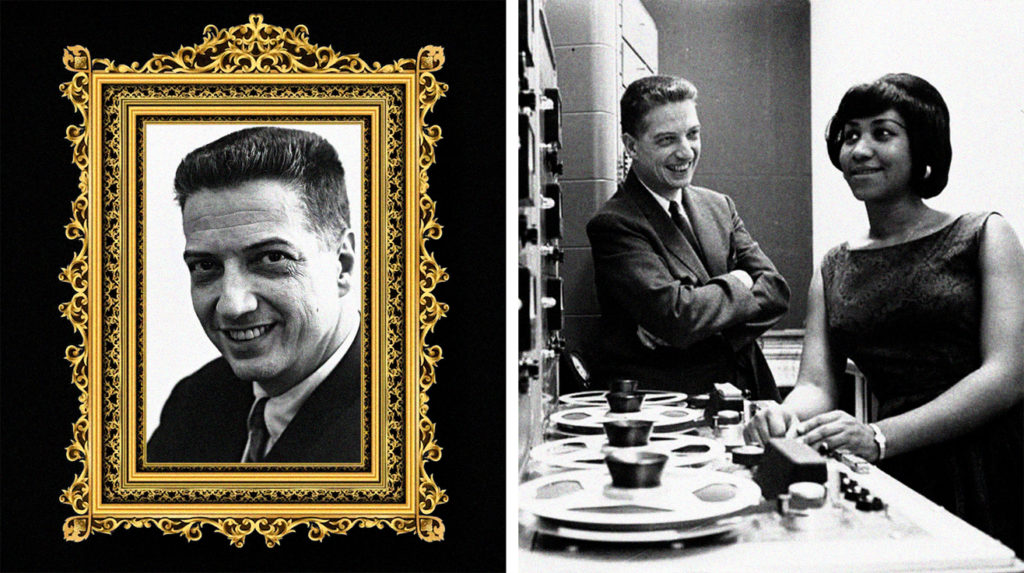
Born into Vanderbilt wealth in 1910, Hammond seemed destined for sanitized luxury—like a pristine vinyl never played. His childhood oscillated between classical recitals and soulful songs from his family’s servants. At thirteen, a Broadway revue featuring Black performers triggered his system reboot. This cultural jailbreak infected him with fascination for marginalized expressions, installing an operating system that would later disrupt the cultural marketplace.
Harlem Nights, Privileged Heights
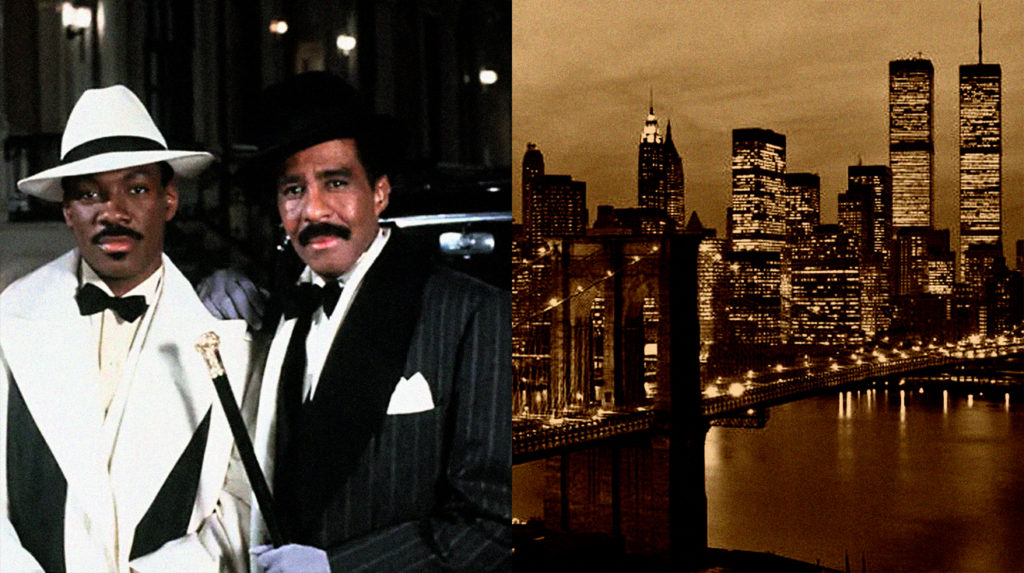
[IMAGE PLACEHOLDER: Harlem Nights, Privileged Heights] [2:32]
Imagine a trust-fund teen navigating Harlem’s jazz scene like a “Gossip Girl” character wandering into “The Wire.” Hammond’s Vanderbilt background created complicated power dynamics—his fortune stemmed from industries stained by slavery. Unlike many privileged peers, he recognized systemic injustice and channeled his social capital into amplifying silenced voices. This wasn’t white saviorism but an attempt at collaborative resistance, like someone using cheat codes to rewrite an unfair rulebook.
Integration: The Ultimate Remix
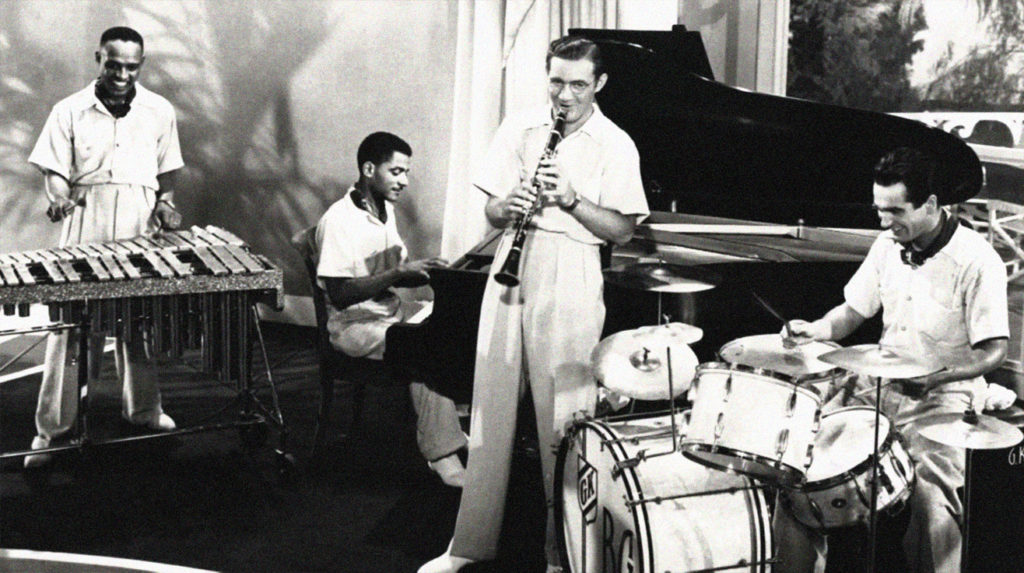
Hammond’s push to integrate Goodman’s band wasn’t just a personnel change—it was musical jailbreaking. Bringing Hampton and Wilson into the fold created one of history’s first racially integrated jazz ensembles. This cultural hack bypassed America’s segregation firewall when Jim Crow governed social interaction. Record companies quarantined “race records” while venues rejected integration. Hammond’s move dismantled music’s apartheid architecture, enabling a collaborative future that required serious courage.
The 1930s: Beta Testing Revolution
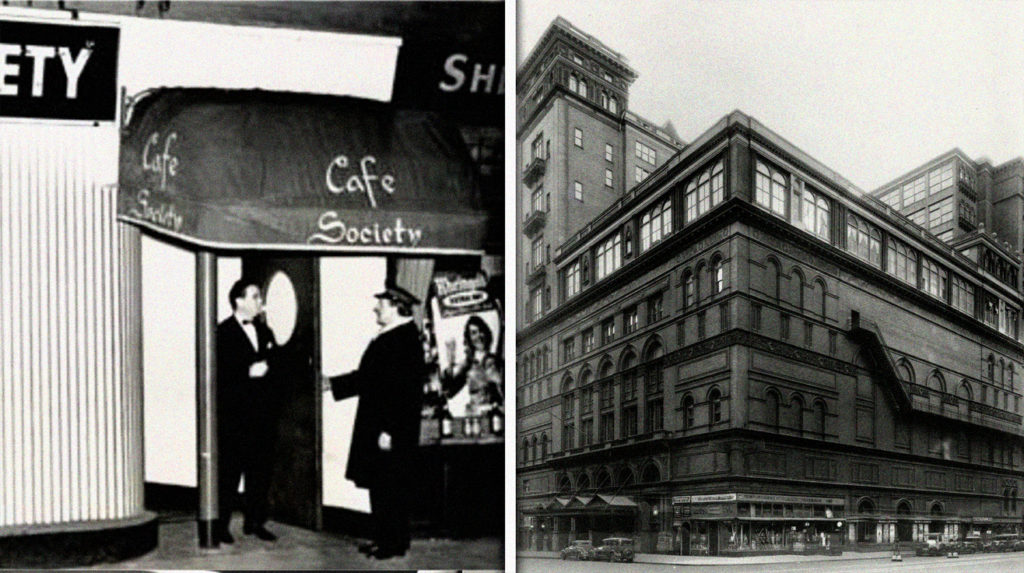
The 1930s saw Hammond—barely in his twenties—operating like a startup founder disrupting legacy industries. He launched Basie into national consciousness, discovered Christian’s innovative guitar language, and showcased Black excellence at Carnegie Hall. His investment in Cafe Society created a revolutionary space where diverse patrons shared tables—racial integration’s equivalent of early Facebook. The venue intentionally glitched the social code of separation dominating American life.
Holiday’s Voice: The Original Algorithm
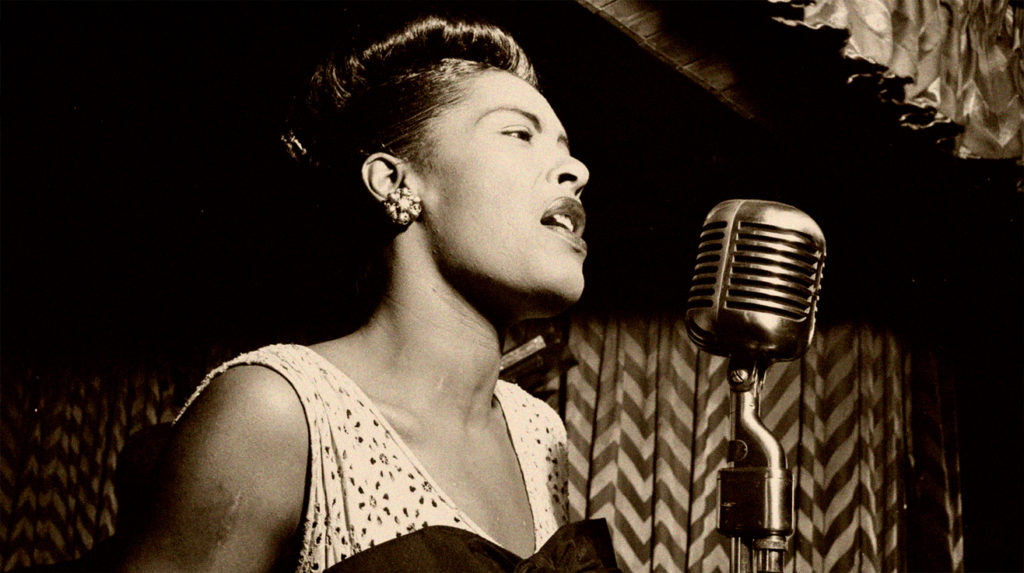
In 1933, Hammond hit the talent-discovery equivalent of mining early bitcoin. While scouting Monette Moore, he found Billie Holiday—a vocal phenomenon whose abilities rendered competitors obsolete. Holiday processed musical information like no one before, combining perfect pitch, lyrical memory, and phrase manipulation that rewrote jazz’s code. Hammond recognized this unicorn algorithm immediately. Holiday’s voice transcended entertainment to become an activist instrument documenting America’s racial violence when mainstream media wouldn’t.
Columbia Comeback: The Folk System Update
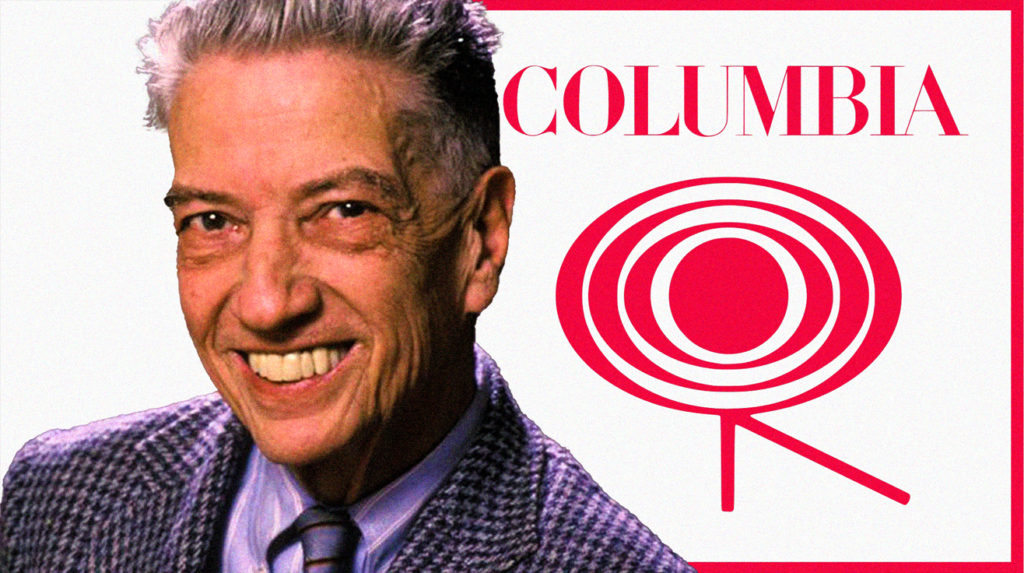
Hammond’s return to Columbia Records coincided with folk’s renaissance—like rejoining Apple before the iPhone launch. He championed blacklisted artists like Seeger, creating a shadow economy for voices silenced by McCarthyism. The folk revival provided perfect conditions to resurrect overlooked talent that commercial radio relegated to background processes. This industry reentry initiated another cultural update, transforming folk from acoustic backend coding into America’s foreground platform for society’s significant conversations.
Robert Johnson: Legacy Code Optimization

Hammond’s resurrection of Johnson’s recordings resembles finding lost source code powering everything else. His King of the Delta Blues Singers compilation salvaged Johnson’s genius from obsolescence, rescuing songs from fragile 78 RPM discs. This preservation effort infected Greenwich Village’s folk scene before crossing the Atlantic to British guitarists. Johnson’s influence propagated through musical evolution like essential DNA, altering rock’s genetic makeup. Hammond’s vision ensured Johnson’s posthumous recognition, preserving a critical American art form.
Dylan’s Discovery: Prophecy Protocol
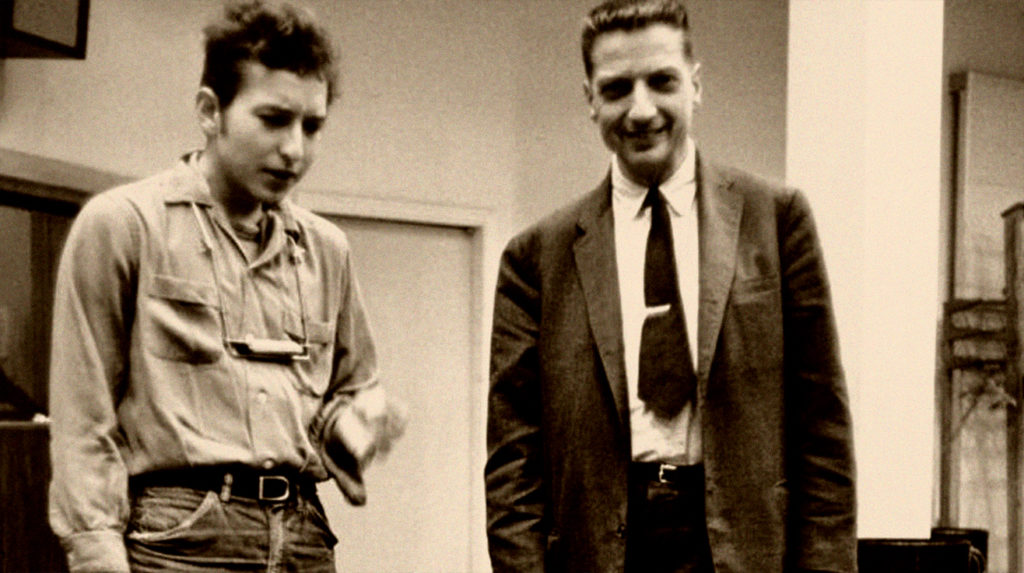
When Hammond signed Dylan in 1961, he executed an investment strategy as logical as buying NFTs of digital rocks. Columbia executives dismissed Dylan as “Hammond’s Folly”—like calling early Bitcoin worthless. Hammond doubled down, producing Dylan’s first two albums despite skepticism. His commitment eventually yielded the century’s greatest cultural ROI, reinforcing Hammond’s reputation for having predictive algorithms that identified inflection points before they appeared on anyone’s radar.
Dylan Ascendant: Cultural Kernel Upgrade
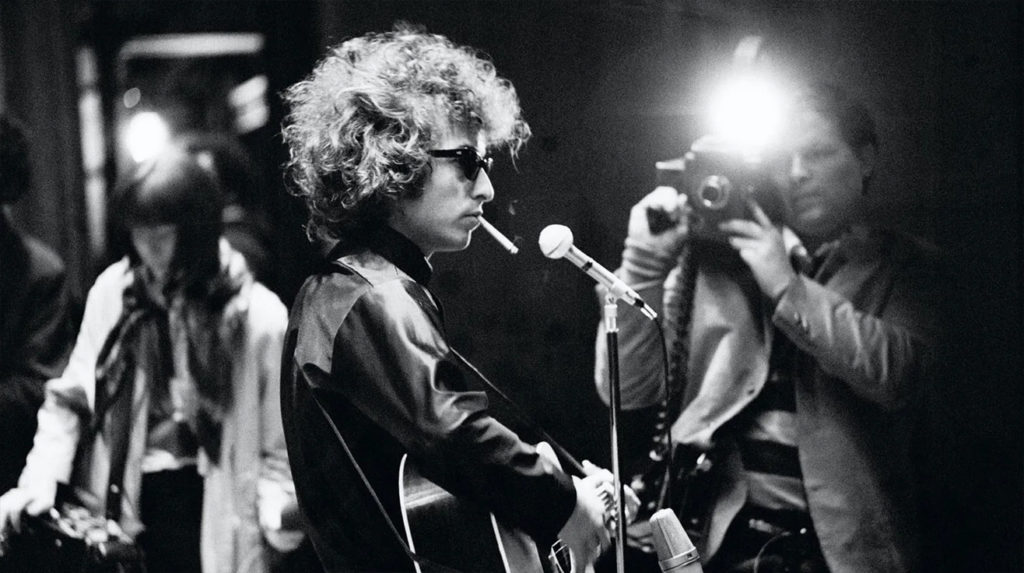
Dylan’s rise represented a fundamental operating system update for American culture. His emergence transformed songwriting from entertainment to essential cultural processing—like upgrading from calculator to artificial intelligence. Dylan’s introspective lyrics resonated with society’s emerging self-awareness, providing a framework for processing complex changes. His influence created a feedback loop between music and wider conversations, becoming the prime example of Hammond’s vision—artists whose significance transcends commercial metrics.
The Contradictions in Hammond’s Code

Hammond’s legacy contains brilliance and bugs—like finding a revolutionary app with questionable permissions. Despite progressive achievements, contemporaries like Ellington criticized his methods, while Prince later encoded critique in musical form. Hammond operated in an industry extracting value from Black creativity—simultaneously challenging and benefiting from this system. His story resembles an ethical paradox: a privileged user hacking an unjust system while utilizing its architecture, creating a complex legacy of vision tested against historical limitations.
The Dylan Assessment: Aristocrat Hacker
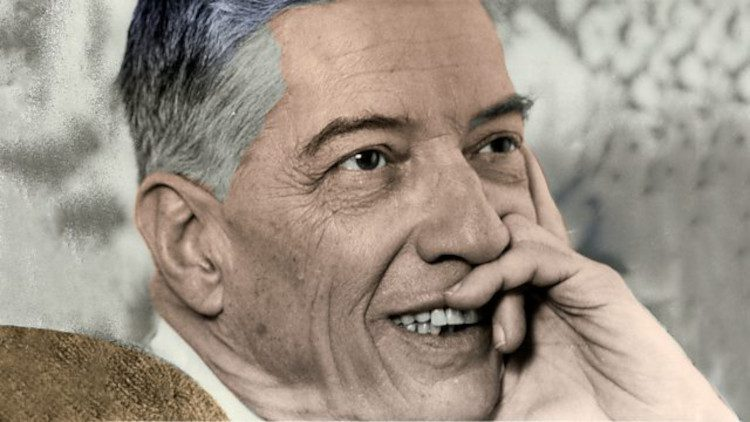
Dylan characterized Hammond as a “true American Aristocrat” who ignored industry trends like someone refusing social media. This captures Hammond’s essence: privileged by birth yet rebellious in application. He prioritized artistic integrity over commercial algorithms, functioning as a cultural venture capitalist funding creative disruption. Hammond consistently bet on talent that redefined expectations—the equivalent of early investors in revolutionary technology. His willingness to stake reputation on unproven innovations established a producer archetype valuing transformation over transaction.






